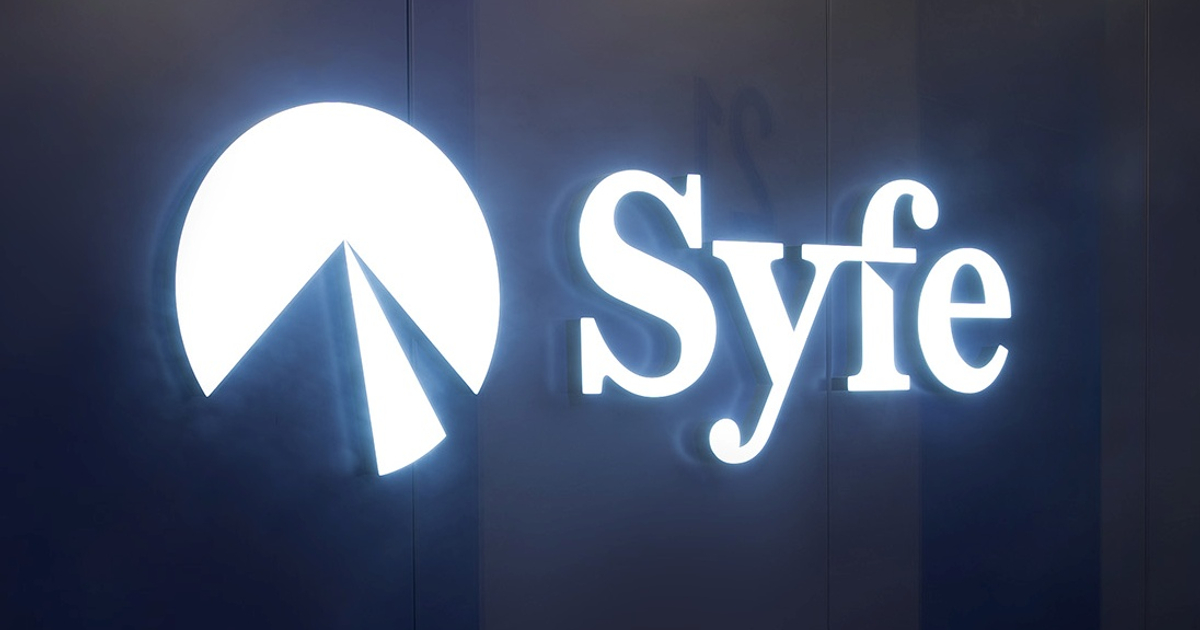Asus ROG Strix Scar 17 review: sure, this one is good, too
It’s not quite as powerful as the gargantuan Strix Scar X3D, but it’s also not quite as expensive. Continue reading…
/cdn.vox-cdn.com/uploads/chorus_asset/file/24806525/236725_ROG_Strix_Scar_17_AKrales_0009.jpg)
Last week, I wrote about the ROG Strix Scar X3D: a gigantic, very expensive gaming laptop with off-the-charts benchmark scores. The X3D is a very exciting product in terms of what it represents for the laptop sphere but not something I necessarily see a whole bunch of people rushing to purchase.
Today, we are instead discussing the ROG Strix Scar 17 — no X3D in the title. This Scar does not use AMD’s fancy 3D V-Cache technology. But it does have an astonishingly powerful pair of chips inside: AMD’s Ryzen 9 7945HX and Nvidia’s GeForce RTX 4090. It is slightly less powerful and, with a price of $3,499.99, compared to the high-end Scar X3D’s $3,699.99, slightly more affordable.
Apart from the chip architecture, the Strix Scar 17 is basically identical to the Scar X3D. It’s got the same 17-inch QHD screen, per-key RGB keyboard, somewhat grainy FHD webcam, and massive 6.6-pound chassis. Given that similarity, as well as the fact that $200 is not all that much when you’re already paying upwards of three grand, I imagine that many gamers may prefer to wait for the X3D model to hit shelves (which is supposed to happen in late September, per the last time I bugged Asus about it). Still, if you don’t want to wait that long or you find $3,700 to be just a bit beyond what you can afford, the regular Scar 17 will still deliver an exceptional gaming experience that’s pretty far above the rest of the field.
First, let’s talk about the most important matter here: how well the thing can game.
ASUS ROG STRIX SCAR 17 SPECS (AS TESTED)
Gaming performance
Even at native 2560 x 1440 resolution with ray tracing to the max, you will be hard-pressed to find a game that gives the Scar 17 any problems.
The laptop left the 100fps ceiling out of the water on Red Dead Redemption 2, Shadow of the Tomb Raider, and Cyberpunk 2077. While that performance isn’t quite as unbelievable as we saw from the X3D model, it isn’t too far behind. On Red Dead, the difference between the 7945HX and the 7945HX3D came down to 10-ish frames per second — a few percentage points. The difference was a bit bigger in Shadow of the Tomb Raider but still not large enough to materially impact the gameplay. In all cases, images were smooth and bright without visible glitches or hangups. Of course, these numbers were also well above those that we saw from MSI’s Titan GT77 HX, a much more expensive RTX 4090 machine powered by Intel’s flagship Core i9. AMD is clearly ahead in the premium performance space.
Your eyes do not deceive you: there are no ports on the right side.
The Scar 17 has Advanced Optimus, which switches between GPU modes automatically depending on the task you’re doing.
I also had to see how well the Strix did on two of today’s most popular games, Baldur’s Gate 3 and Star Wars Jedi Survivor. No problems in either case. The device did just barely get over the 60fps threshold in Jedi Survivor with settings maxed and ray tracing on, but it did make it. That game is a particularly demanding example of ray tracing and standard rendering, so I was impressed to see how well it ran here.
Pretty lights! Yes!
Note that these fans, if you put them in Turbo mode, will roar. They are so loud that you will either need to blast the game audio or be wearing some decent headphones in order to comfortably hear music and dialogue. Even when the Strix was idle and not running any games, I could hear its fans at work from the other room. You can, of course, use Silent Mode for general use, though the keyboard did get a bit toasty during those periods.
The webcam is nothing special (and doesn’t support Windows Hello).
In terms of battery life, I averaged around three hours of general use with the screen at 200 nits. I assume folks will mostly be using this thing on their desks, owing to the fact that it is six and a half pounds, but, you know. Just in case you were wondering. (The 330W charger took around 45 minutes to charge the device to 60 percent.)
That’s going to be most of what you need to know about the Scar 17, especially if you’ve already read my review of the X3D model. In case you haven’t, here are a few other things to call out.
ROG.
The chassis
Here there be ports.
Here there is nary a port to be seen.
The outlook
A device this large and expensive, with this little battery life and this flashy a look is not going to be the right choice for everyone (or, let’s be honest — most people). All kinds of lines, such as Lenovo’s Legion Pro, offer devices that are both better built, more affordable, and more practical to carry.
The Scar 17 has basically one thing going for it: It offers some of the best gaming performance you can get. (And, to be fair, for well over $3,000, that should be an expectation.) It’s overshadowed by its X3D counterpart when it comes to the raw frame rates, but it’s still blasting pretty much every other gaming laptop we’ve ever tested out of the water. I’m comfortable saying it probably offers better bang for your buck than the X3D model does, though that’s likely not a factor that matters much to people who are shopping for an RTX 4090.
Together, the Strix Scar 17 and the Strix Scar X3D send a pretty clear message to the gaming world: AMD is very far ahead. And if you’re between the two, either should serve you well.
Agree to Continue: Asus ROG Strix Scar 17
The mandatory policies, for which an agreement is required, are:
Optional things to agree to:
That’s two mandatory agreements and nine optional ones.

 Kass
Kass 

























![Websites Using AI Content Grow 5% Faster [+ New Research Report]](https://ahrefs.com/blog/wp-content/uploads/2025/06/websites-using-ai-content-grow-5-by-ryan-law-data-studies.jpg)
.jpg?trim=1,0,1,0&width=1200&height=800&crop=1200:800)




